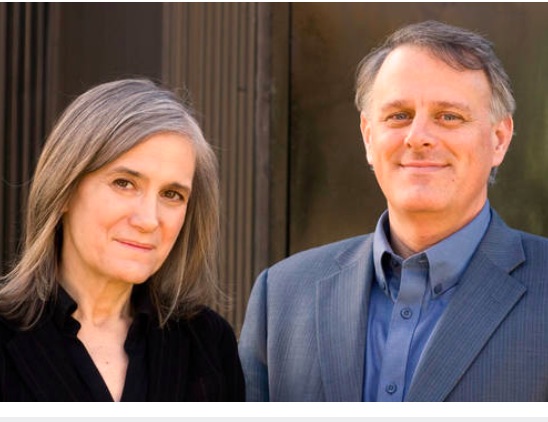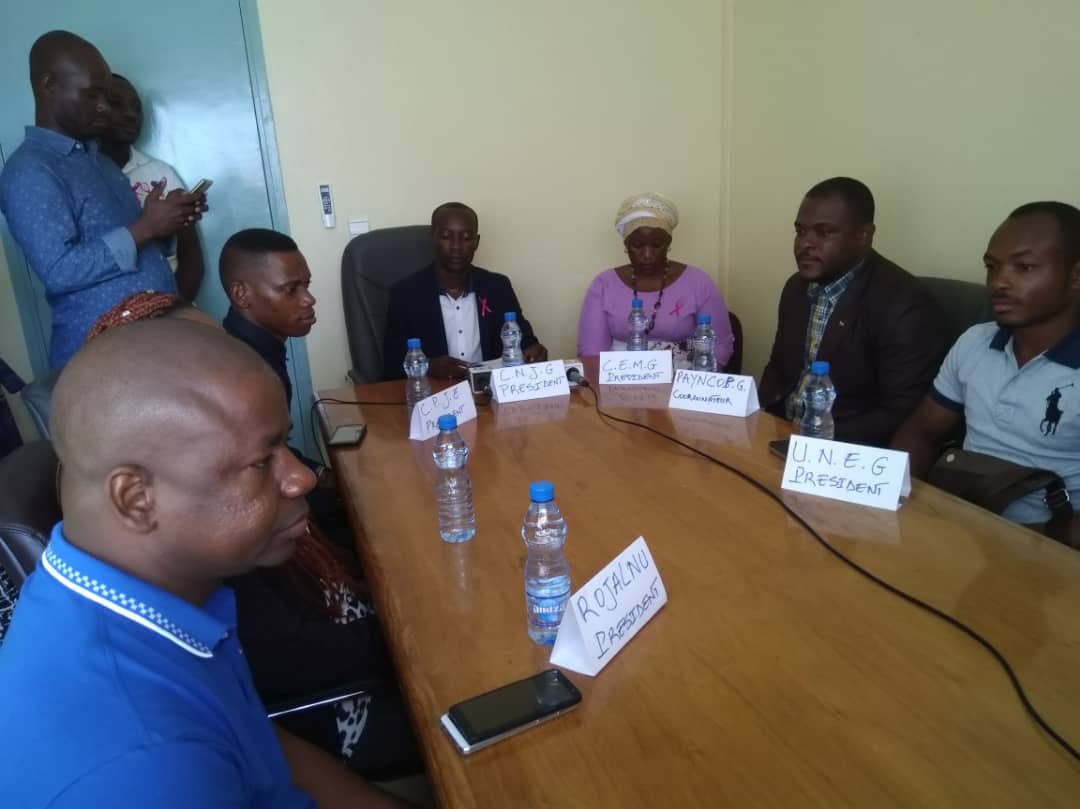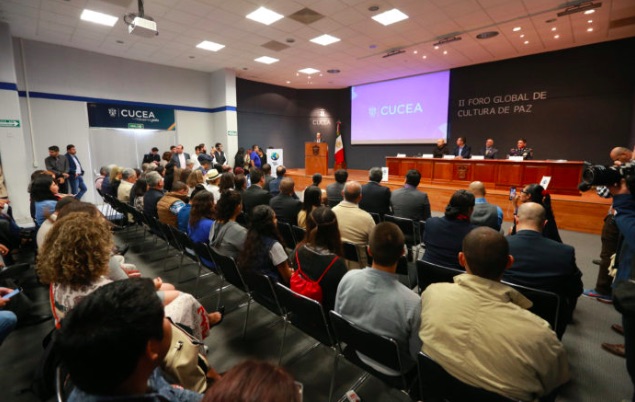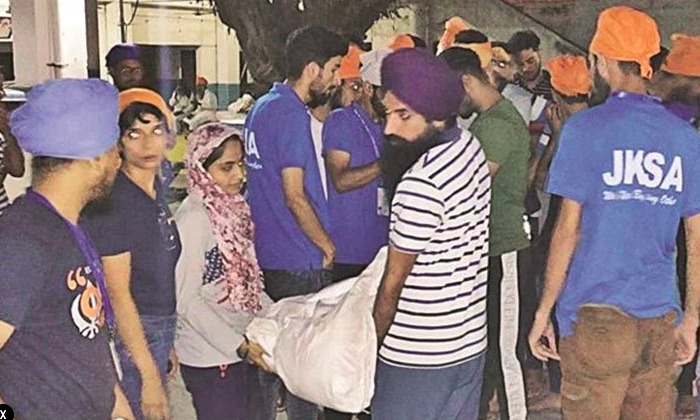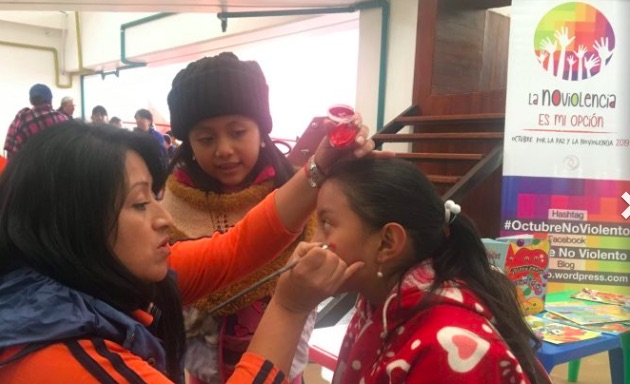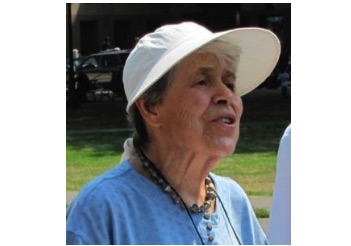FREE FLOW OF INFORMATION
An article by Debbo Mballo in Vivafrik (translation by CPNN)
The third Regional Forum of the 2017 Banjul Forum action plan took place from 28 to 30 October 2019. It was supported by UNESCO and its partners in order to better appreciate the level of the involvement of young women and men in national processes of democratization, governance, national reconciliation and the construction of a social environment conducive to the culture of peace. It facilitated exchanges to find ways and means, modalities of action, and forms of expression the most appropriate for a better commitment.
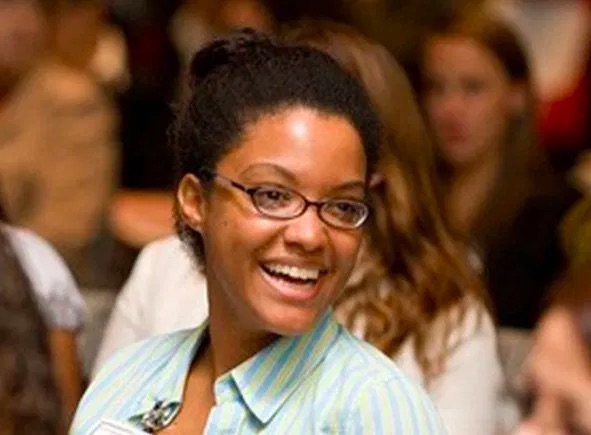
The 2019 forum focused on the roles and place of young people in governance, democracy and human rights, as well as new forms of innovative expressions and demands by young people in these processes. It was a platform to catalyze and accelerate the implementation of the African Union’s roadmap for investing in youth, with a focus on youth civic participation and youth engagement. as co-creators of sustainable solutions for Africa.
These periodic meetings consolidate a tradition of reflection, discussion and action on the place of young Gambians and West Africans in the societal space, and to better understand their roles in the processes of transformation and democratization of society. .
(continued in right column)
(Click here for the original French version of this article.)
(continued from left column)
The overall goal of this initiative is to strengthen the capacity of young people to exercise transformational leadership at the community, national and continental levels in the democratization process of society.
This conference planned to achieve the following specific objectives:
1. Provide a platform for sharing experiences of lessons learned and reflections on the role of youth in democratic and peaceful transitions in Africa: (Allow young Gambians to learn from other countries’ experiences and enable African youth to benefit from the experience of young Gambians);
2. To secure a space for dialogue and action among the various sections of the youth (young academics, young activists, young humanists, young social entrepreneurs, etc.) on their own concerns and perspectives as well as those of their country, their region, the continent and the global world;
3. Secure a space of intergenerational dialogue where young people can exchange with “old young leaders” around important and / or topical issues such as the issues of governance, democracy, peace, violence and so on. as well as issues related to equality and equity (including gender), the enhancement of natural and cultural heritage, social inclusion, human rights etc. ;
4. Secure a space for dialogue and action between youth and authorities on the concerns and perspectives of countries, the region, the continent and the global world with a focus for each forum on particular themes.
5. Present, enrich and validate the results of the “MOST Policy Oriented Research” entitled: “Youth and spaces of freedom in Africa: emerging forms of expression for democratization and achievement of the SDGs”, conducted at the request of young people during the 2017 Banjul Forum.

